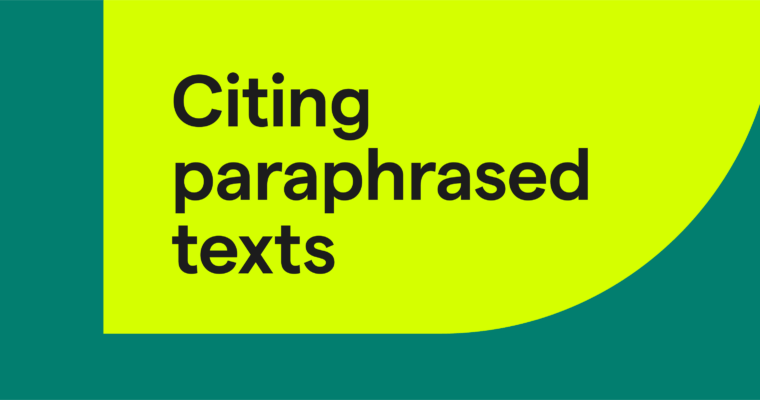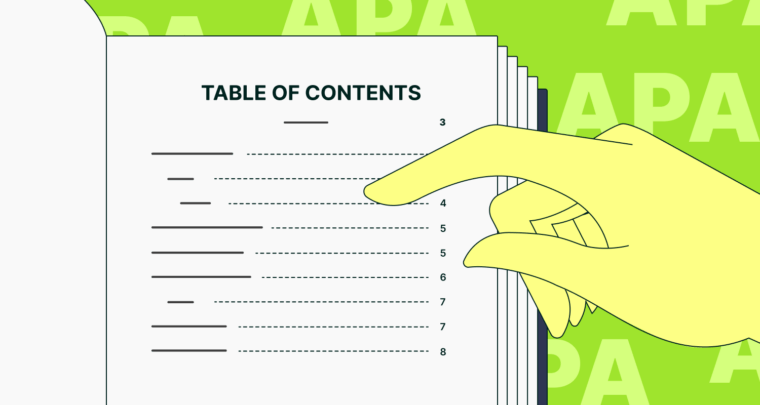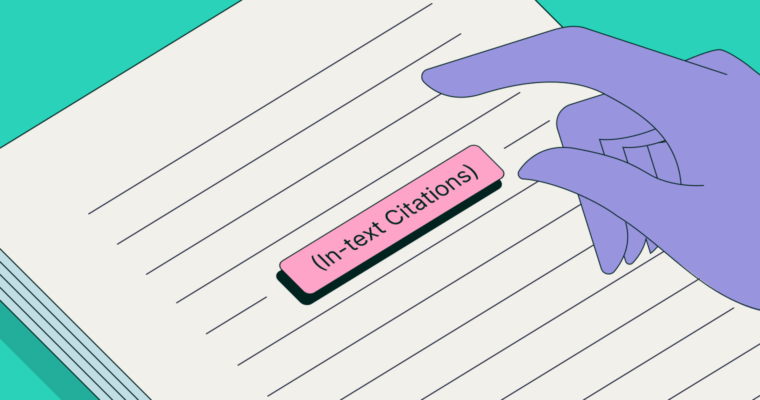In academic writing, whether it’s a research paper, a lab report, or an essay, citing the sources you use correctly is a critical part of the assignment. “Correctly” means according to the specific citation guide you’re using, like APA, MLA, or The Chicago Manual of Style.
APA format is typically used for work in psychology, engineering, nursing, and the social sciences. Because of this, the format includes citation guidelines for the kinds of sources students and researchers are likely to encounter, like technical reports and research papers. As a student, you might also find yourself citing a class lecture given by your professor or a guest speaker.
Citing an in-person speech or lecture in APA format
In APA format, like in other style guides, there are two ways to cite a source: in text and in the bibliography.
In-text citation formats for lectures
In APA format, the only citation you need for content sourced from an in-class lecture is an in-text citation. This receives a simple citation in the following format:
“Content from in-class lecture” (Lecturer’s first initial(s). Last name, personal communication, date of lecture)
Example:
“Without nitrogen, the seeds can’t sprout” (I. Schachtel, personal communication, April 6, 2022)
If your content includes the lecturer’s name, either because you’re paraphrasing their lecture or using a direct quote as part of a sentence that includes their name, simply format your in-text citation like this: (personal communication, date of lecture).
For in-text citations of lectures and speeches that weren’t personal communications between you and the lecturer, the standard format is this: (Lecturer’s last name, year).
However, if you listened to a recording of the lecture, the in-text citation format is this: (Lecturer’s last name, time stamp of the content cited).
There’s no need to start a new paragraph after an in-text citation.
Reference-page citations for lectures and speeches attended or accessed
If the lecture you’re citing was recorded or transcribed, you must cite it on your reference page. When citing sources on your references page, list them in alphabetical order by the surname of the speaker or author.
The format for citing speeches and lectures on a reference page is as follows:
Speaker’s last name, Initials. (Year, Month Day).
Example:
Garcia, L. (2018, February 2).
For papers presented as lectures, the format for citing them is as follows:
Author’s last name, Initials. (Year, Month Day).
Example:
Feliz, M. (2021, July 10).
How to cite a remote lecture in APA format
In today’s world, many lectures are delivered via online learning platforms. Here’s how to format your bibliography citations for these:
Lecturer’s last name, First initial. (Year, Month Day of lecture).
Example:
Hirsch, N. (2020, November 4).
Similarly, if the lecturer used PowerPoint and delivered the lecture via a learning platform, write “PowerPoint slides” in the bracketed section of this format.
How to cite a lecture delivered via online slideshow
Citing lectures delivered via PowerPoint Online and Google Slides is similar to citing lectures delivered remotely via online learning platforms. This format is as follows:
Lecturer’s last name, First initial. (Presentation/slide date).
What if there’s no date listed?
In APA format, dates are listed like so:
Month and day, year
Example:
September 9, 2006
When you don’t know the date of the lecture you’re citing, simply write “n.d.” for “no date” in your citation.
Cite your sources with confidence
No matter what kind of academic writing you’re doing, citing your sources correctly is a critical part of the assignment. Before you submit your work to your instructor, always double-check that your references are cited correctly—and that your work is free from grammatical and spelling mistakes.






